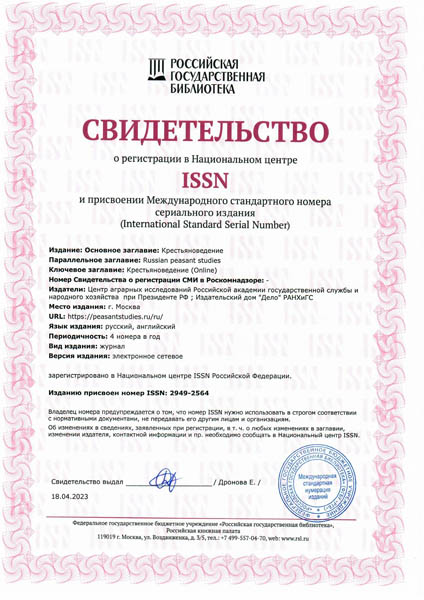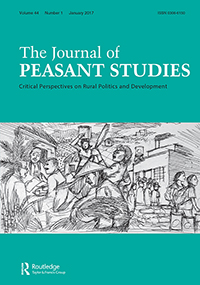Shapovalov S.N. Peasant resettlement to the North-Eastern coast of the Black Sea in the 1830s–1850s: Settlement and land use // The Russian Peasant Studies. 2023. V.8. №3. P. 46-62.
DOI: 10.22394/2500-1809-2023-8-3-46-62
Annotation
The article considers the peasant resettlement to the southern outskirts of the Russian Empire in the first half of the 19th century. The author focuses on the features of the peasant rural settlement in Trans-Kuban in the 1830s–1850s and on the peasants’ adaptation to local conditions. The article describes a special settlement type created by the authorities in this region — non-Cossack villages with peasants from southern and central provinces, which suffered from the permanent lack of places for accommodation, limited land fund, highlanders’ attacks, and forced construction of new villages. The government provided the peasantry with agricultural implements, weapons, cash benefits, food and possibilities for non-agricultural earnings. After the final settlement of the non-Cossack villages, gardens, arable land and hayfields were transferred to their disposal. However, land use and farming were strictly regulated by the village authorities due to the constant military danger.
Keywords
Trans-Kuban settlement, Anapa, non-Cossack villages, settlers, Natukhai, Black Sea Cossack army.
About the author
Shapovalov Sergey N., PhD (History), Associate Professor, Department of Russian History, Kuban State University. Stavropolskaya St., 149, Krasnodar, 350040.
E-mail: This email address is being protected from spambots. You need JavaScript enabled to view it.
























